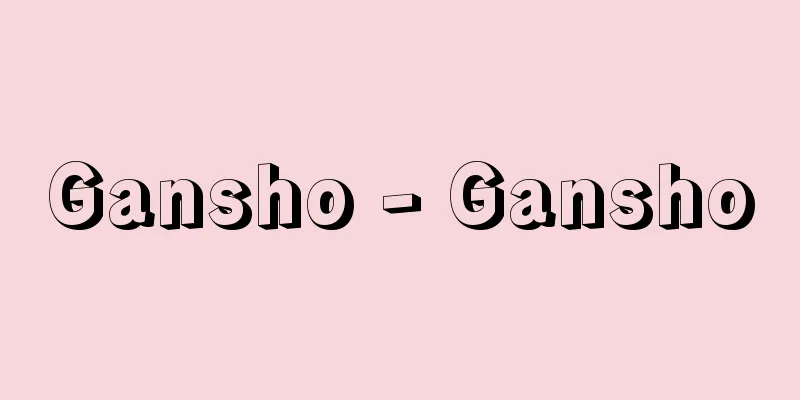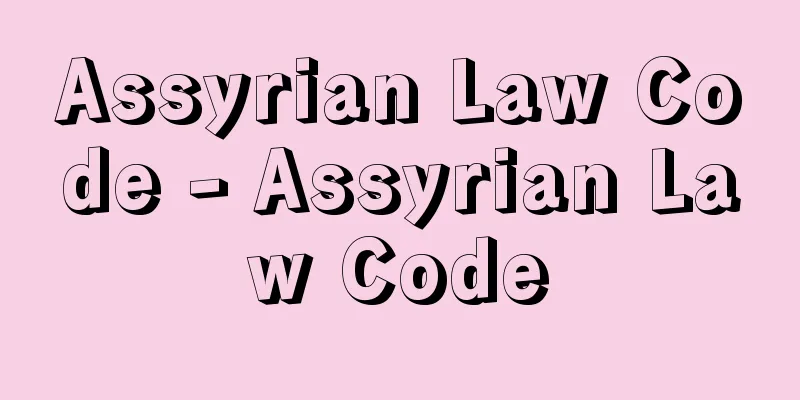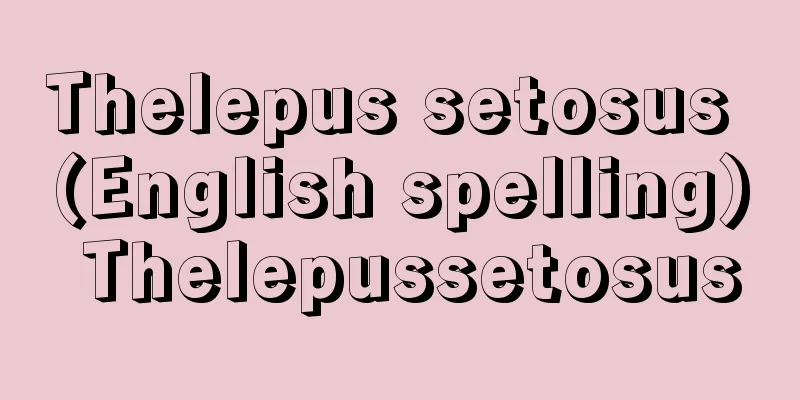Koga Shogun

|
The Ashikaga clan, which had its base in Koga, Shimousa (Koga City, Ibaraki Prefecture), was the name of Ashikaga Shigeuji and his descendants. After the Eikyou Rebellion, Shigeuji was appointed as the Kamakura kubo (Kanto kubo) in 1449 (Hōtoku 1). He was pursued by the shogunate for killing Uesugi Noritada, the Kanto Kanrei (regent for the Kanto region), the son of Uesugi Norizane, who had killed his father Mochiuji. In 1455 (Kōshō 1), he fled to Koga, Shimousa. From then on, five generations of the clan, including Shigeuji, Masauji, Takamoto, Haruuji, and Yoshiuji, were called the Koga kubo, as they operated from here as their base of operations. When the Koga kubō was first established, it had the support of powerful clans in northern Kanto and was powerful enough to compete with Horikoshi kubō Ashikaga Masatomo (the younger brother of Shogun Yoshimasa), who was sent by the shogunate to govern the Kanto region, and the Uesugi clan. However, its influence gradually declined as the Later Hojo clan advanced and the Koga kubō family left Koga for a time due to internal conflicts within the family. During the reign of Yoshiuji, the family came completely under the control of the Later Hojo clan and maintained its status through its lineage, but in 1583 (Tensho 11), Yoshiuji had no heir and the Koga kubō family was destroyed. In 1590, Toyotomi Hideyoshi, who regretted the extinction of the Koga Kubo family, arranged for Yoshiuji's daughter (Konosu Imperial Palace) to marry Takamoto's younger brother Yoshiaki's grandson Kunitomo, and gave him a territory in Kitsuregawa (formerly Kitsunegawa) in Shimotsuke (Tochigi Prefecture), restoring the family to its former name. From then on, their descendants called themselves the Kitsuregawa clan. [Hiroshi Koyou] "Kanagawa Prefecture History, General History Vol. 1, Primitive, Ancient and Middle Ages" (1981, Kanagawa Prefecture Kousaikai Foundation) "Koga City History Materials, Middle Ages" (1981, Koga City) Source: Shogakukan Encyclopedia Nipponica About Encyclopedia Nipponica Information | Legend |
|
下総(しもうさ)古河(茨城県古河市)に拠(よ)って勢力をもった足利(あしかが)氏。足利成氏(しげうじ)とその子孫をいう。永享(えいきょう)の乱後、1449年(宝徳1)に鎌倉公方(関東公方)として迎えられた成氏は、父持氏(もちうじ)を討った上杉憲実(のりざね)の子の関東管領(かんれい)上杉憲忠(のりただ)を殺害したため、幕府の追討を受け、1455年(康正1)下総古河に逃れた。これより成氏を含め政氏(まさうじ)、高基(たかもと)、晴氏(はるうじ)、義氏(よしうじ)の5代は、ここを根拠地として活動したため古河公方とよばれた。古河公方成立当初は、北関東の豪族などの支持を得ていたことから勢力もあり、幕府より関東統治のために派遣された堀越(ほりこし)公方足利政知(まさとも)(将軍義政(よしまさ)の弟)や上杉氏らと対抗しえた。しかし後北条(ごほうじょう)氏の進出や、古河公方家の内紛で一時期古河を離れるなどの結果、しだいにその勢力は衰退していった。義氏期になると完全に後北条氏の支配下に入り、その門地により地位を保っていたが、1583年(天正11)義氏に嗣子(しし)なく古河公方家は滅亡した。1590年古河公方家の断絶を惜しんだ豊臣(とよとみ)秀吉は、義氏の娘(鴻巣(こうのす)御所)に高基の弟義明の孫国朝(くにとも)を配し、下野(しもつけ)(栃木県)喜連川(きつれがわ)(もと狐(きつね)川)に領地を与え再興した。以後この子孫は喜連川氏を称した。 [小要 博] 『『神奈川県史 通史編1 原始・古代・中世』(1981・財団法人神奈川県弘済会)』▽『『古河市史資料 中世編』(1981・古河市)』 出典 小学館 日本大百科全書(ニッポニカ)日本大百科全書(ニッポニカ)について 情報 | 凡例 |
>>: True Form of the Five Mountains - Gogakushingyouzu (English)
Recommend
Otsu pitching - Otsunagubushi
...The melody line called "Tobushi" in ...
Enmeichiku bamboo
...The fruit is almost spherical, about 2.5 mm lo...
İbrahim Paşa
1493‐1536 Grand vizier (sadorazam) of the Ottoman ...
rattle
A character that appears in the video game and ani...
Wandering kidney - Nephroptosis
What is the disease? Supine position ( harm ) The...
Aroma - Aroma
...Aloe contains over a dozen ingredients, includ...
Lychnissenno coronata (English spelling) Lychnissennocoronata
…[Eiji Miki] [Munemin Yanagi]. … *Some of the ter...
Aeetes - I love you
…The main events of the journey are usually said ...
Clove oil
Also known as clove oil or clove fragrans. An esse...
Federalism - Federal government
A federal state system collectively composed of ma...
Kanpu Ferry - Kanpurenrakusen
A railway ferry that operated on the route connec...
Garden door - Enko
Tea making. See the entry for "Sono" in ...
Intra-parliamentary negotiating group - Innaikoshodantai
In the Imperial Diet during the time of the Const...
Equus asinus (English spelling) Equusasinus
...It has a black line running down its back. Wil...
Religious education
Education that aims to enhance religious piety an...









